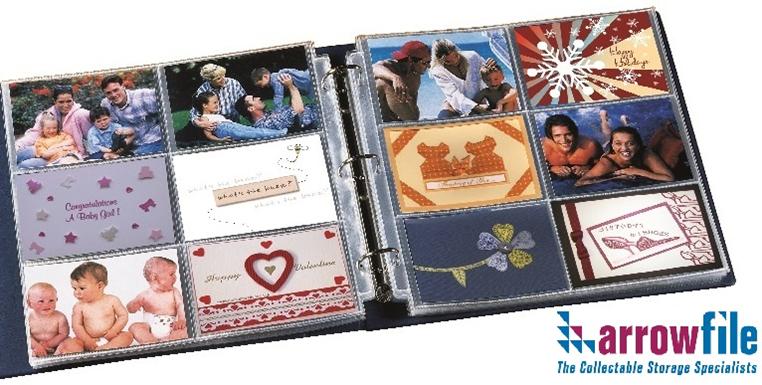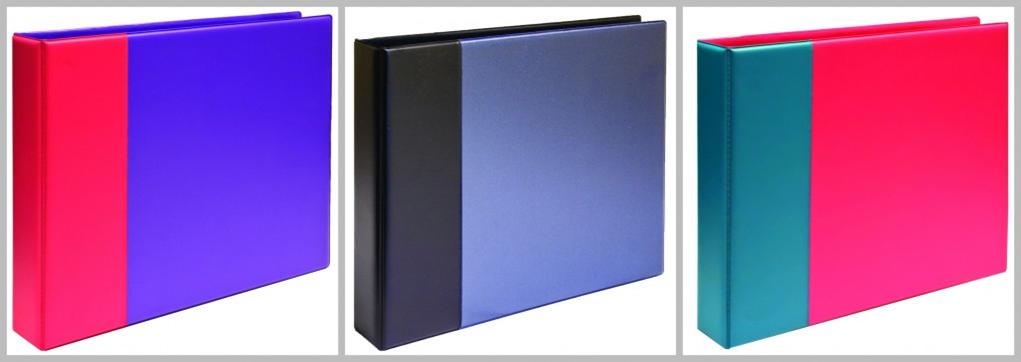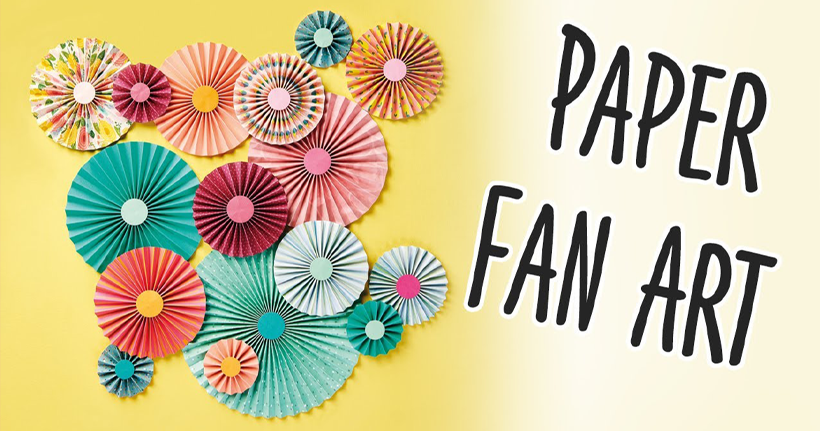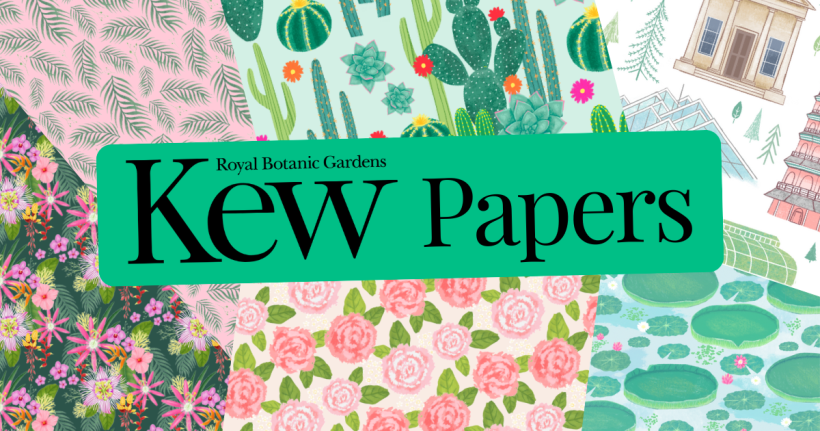
Preview PaperCrafter issue 66 now!
This month we’re dreaming of a very sophisticated Christmas, and it’s going to be one to remember with this fabulous issue!
In the old days, a good photograph of your loved ones was something to invest in and treasure – to keep framed on the sideboard or safely tucked in your wallet. Now that millions of us own smartphones, we snap away as often as we want. It’s all part of the digital revolution. Today’s technology has enriched and eased our lives in many ways, but it has also taken some things away.

In the music industry, MP3s and CDs took the place of tapes and vinyl records. They were easier to store and more difficult to break, but for all this convenience we lost the other reasons we loved to buy music. For the warmer sound of vinyl, the idea of saving up for something special, something tangible to help you remember when you first bought it and what your life was like at the time… The same thing happened with books. For convenience when you’re out and about, the idea of having loads of books in one digital device is fantastic. But the whole reading experience: the feel of the book in your hands as you turn the pages, the smell, the look of the cover and illustrations… it just cannot be replicated using a digital device. If we don’t take care, the same thing will happen with our family photo albums. Until recently, each photo was carefully considered and composed, as film was expensive. These days we’re snap happy, taking thousands of photos, many of which are looked at once then discarded or forgotten. Very few actually get printed out.

We all mean to someday sort out some photo storage and print out our favourites, but what if we wait too long? What if the data is accidentally wiped, if the computer can’t be repaired, if you lose your discs or even if your online storage company goes bust? Years of family life will be unrecorded and gone forever. Thousands of treasured images are lost every day. Digital photos are easy to take but also easy to lose. Imagine if our grandparents had never developed their photographs – how would you see and experience your family history? Even the traditional way of storing photographs in albums has severe shortcomings, because most albums use sleeves made with PVC, a plastic that has very poor storage qualities. It accelerates deterioration of your photographs and contains harmful glues that tend to destroy photos over a very short period of time. However, this can be avoided by using non-PVC acid free polypropylene, so no more fading photographs or sticking to the plastic, giving archival-quality long term storage.

When it comes to photo storage, using binders with acid-free pocket pages made from either top quality polypropylene or polyester (both of which are chemically inert acid-free material) will guarantee protection. Nothing beats having your photographs and files accessible at your fingertips and a multi-functional binder system allows you to build up your own unique collection with varying sized archival slip-in pocket refills. You can store, protect and archive your family photos, letters and other collectables as you wish all in one universal organiser.

For more information on long term and unique storage solutions, please visit www.arrowfile.com


This month we’re dreaming of a very sophisticated Christmas, and it’s going to be one to remember with this fabulous issue!

It’s the season to get Christmas crafting. If issue 65 has whetted your appetite for all things festive, editor Ella Johnston has rounded up some more fab Yuletide ideas from the...

We’re always keen to hear your top papercrafting tips, so we were very happy to hear from PaperCrafter reader Lesley Pyle with her crafting secret! Watch and learn…





